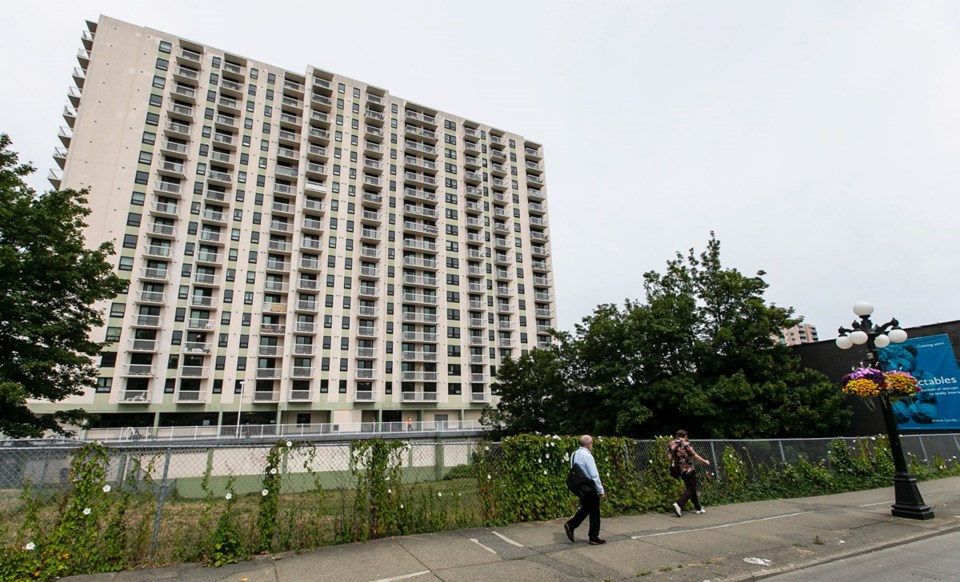Renters should be the focus as Victoria moves into the next phase of its housing strategy, city staff say.
The gap between wages and housing costs has grown so large that even moderate-income earners in the city are having a hard time finding affordable housing, says the city’s draft housing strategy, designed to be a road map for city council between now and 2022.
Goals include increasing the supply of housing for low- to moderate-income households and providing more housing choice, which includes trying new and bold ideas, said Mayor Lisa Helps.
Helps said the strategy addresses the “whole housing continuum.”
For example, making rents more affordable might allow renters to save for a down payment for affordable homes that will also be created. Once they’re in the market, they can “ladder” into more market-priced homeownership, Helps said.
“So I see the strategy working across the whole housing ecosystem.”
The strategy notes that the city needs more bachelor units downtown for tech workers, more two- and three-bedroom units close to schools for families with low and moderate incomes, more accessible housing for seniors and people with disabilities and more ways to bridge the gap between rental and ownership.
There are proportionately more low-income households in the city than in the capital region as a whole, even though rents are comparable or in some cases higher than in other municipalities in the region, the report says.
The median renter annual income in the city is $44,165, well below that for the wider area, which is $70,283. The city defines affordable housing as housing where the price does not exceed 30 per cent of gross annual household income.
Helps called the staff proposal to gear affordability targets to median-renter income as a stroke of “brilliance.”
“To gear the strategy around what the median renter can pay … is one of the key differences between this and strategies we’ve had in the past.”
While the city’s rental vacancy rate has improved in recent years, it’s still far from the three to seven per cent considered healthy. Last year, it was 1.1 per cent, the strategy says.
“We don’t need more housing that is out of reach of the average-income earner,” the strategy says, adding that high-end development “is frustrating for some Victorians, and devastating for others in desperate situations, who are forced to move into substandard or overpriced housing because there’s just nothing else available.”
The strategy identifies new ideas that could be tried, including testing an intergenerational housing program, where young people are matched with older people, creating a small-scale-housing ambassador position and increasing the number of building permits for temporary modular housing on city land.
Other initiatives could include providing incentives for construction of garden suites and secondary suites through grants, supporting faith-based, charitable and non-profit developers, increasing the number of two- and three-bedroom units in new developments, increasing co-operative housing, monitoring demolitions of rental units, requiring affordable rental housing as part of new condo developments, and improving permit turnaround times.



